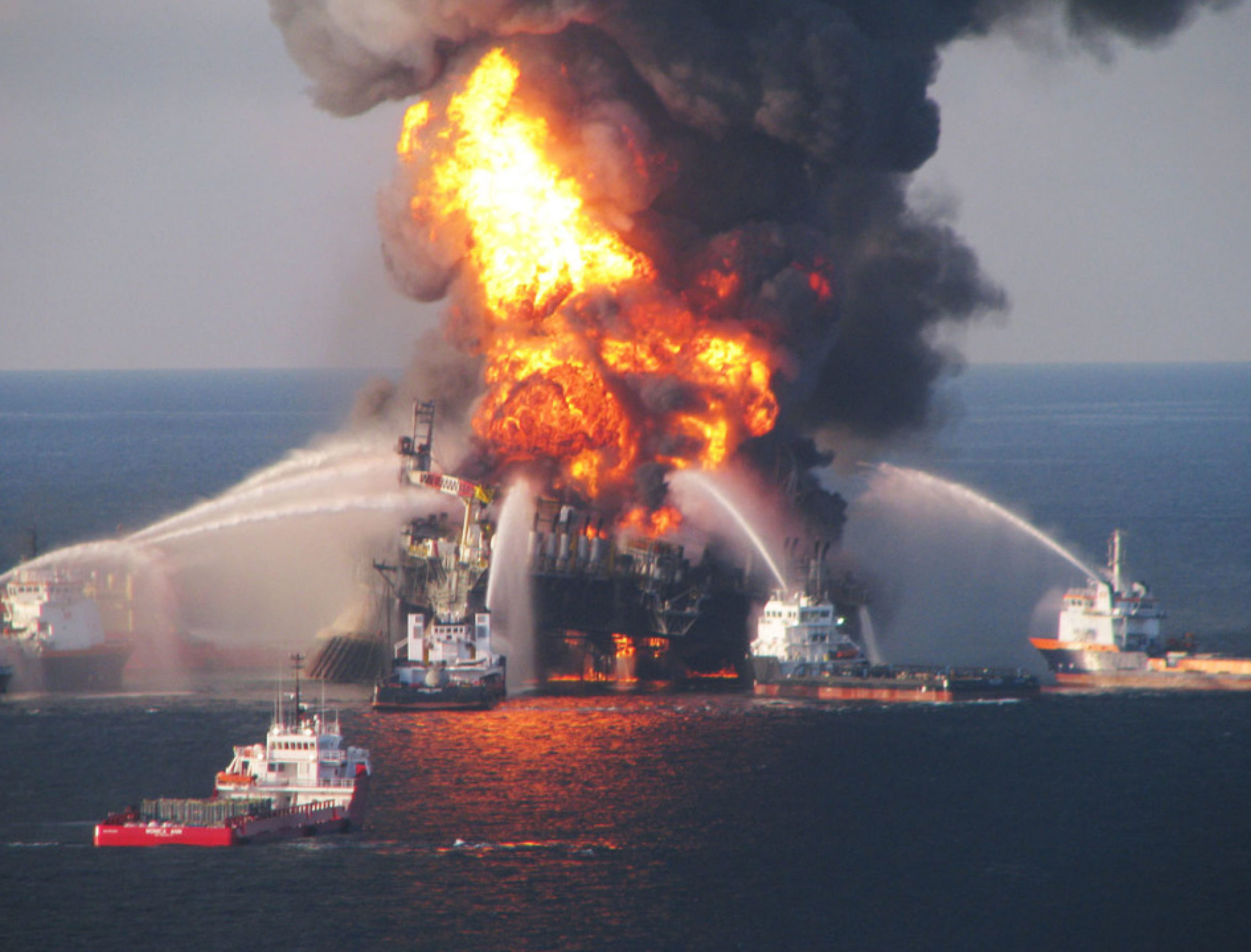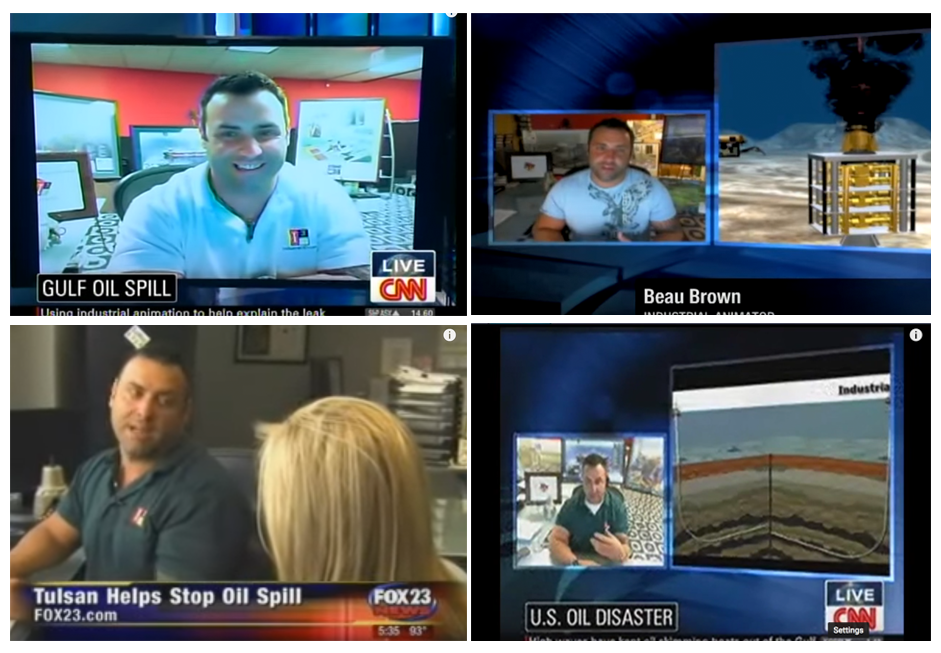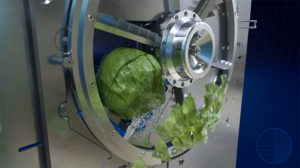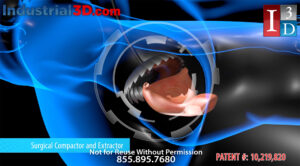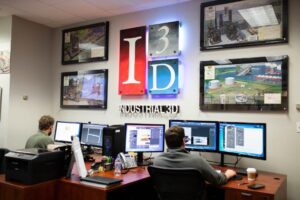On April 20, 2010, the world watched in awe at the scene unfolding in the Gulf of Mexico. Deepwater Horizon, an oil drilling rig chartered by BP and located roughly 41 miles off the coast of Louisiana, exploded when high-pressure methane gas rose from the well into the drilling rig. Less than 48 hours later the entire rig sunk.
The leaks were eventually capped 87 days later in July 2010, but the ensuing effects were catastrophic. Of the 126 crew onboard the rig, eleven were never found and 94 were rescued by lifeboat or helicopter, of which 17 were treated for serious injuries.
And the oil? The U.S. government estimated nearly 4.9 million barrels of oil leaked into the Gulf of Mexico, making it the largest marine oil spill in history by hundreds of thousands of barrels. The effects to marine and wildlife were undoubtedly tragic as well, taking years to overcome. Thousands of wildlife species were exposed to the increased amount of carcinogens and chemicals, including hundreds of protected species of birds, fish and other marine animals. Hundreds of thousands of pounds of oil washed up ashore ruining beaches and taking its toll on the local tourism industry as well.
What caused the explosion? How were BP and other companies responding to fix the leak?
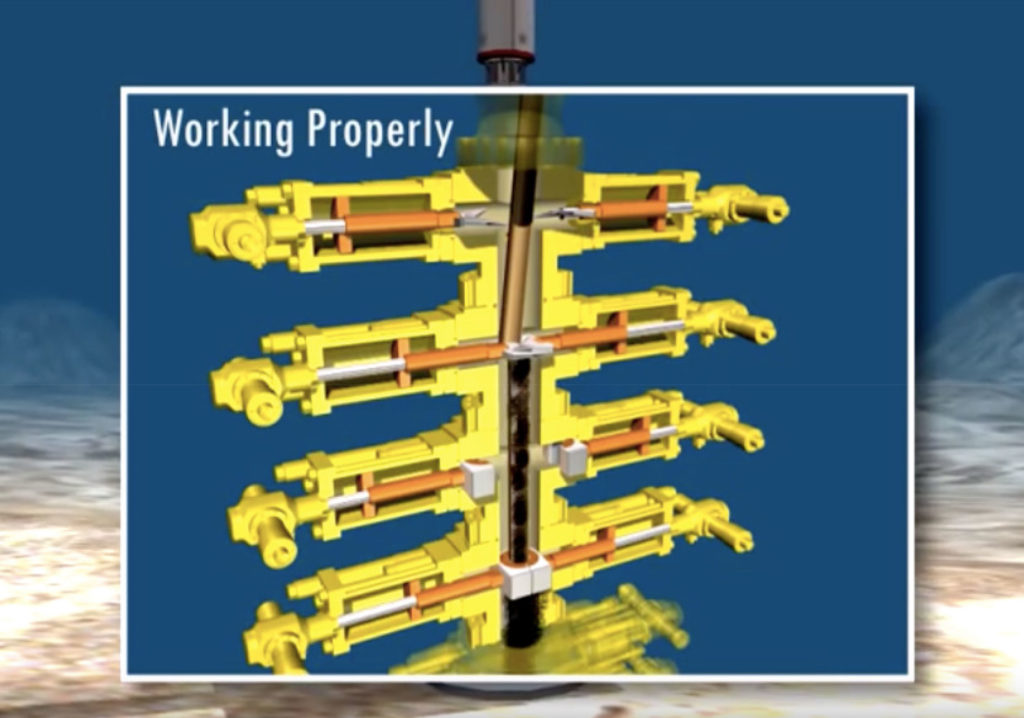
Given his years of experience in the oil and gas industries and his technical background, Beau Brown and his company Industrial3D were primed to offer a solution. Industrial 3D partnered with CNN to create several 3D animations to better illustrate the problem and its potential solutions.
Part of Industrial3D’s illustrations is of a blowout preventer working properly. The blowout preventer is placed around the riser pipe on the ocean floor and is stacked with RAMs. In the event of a leak, the RAMs, each backed by 15,000 pounds of pressure, are supposed to center the pipe, slam shut, cut the pipe and thus the flow of oil completely. The animations created by Industrial3D illustrated several of the potential problems the blowout preventer might have encountered while trying to shut. It was eventually discovered that the RAMs had failed to shut completely leaving room for oil to flow through.
The blowout preventer was not in fact the actual source of the leak; it had simply malfunctioned in its attempt to cut off the pipe. Instead, the oil was leaking from cracks in the riser pipe extending out of the blowout preventer. The illustration above shows that pipe being covered with Cofferdams (referred to as the “Dome”) in order to slow and stop the leaks. These ‘Domes’ were ultimately unsuccessful because crystals had begun forming inside.
Other possible solutions to the problem included a junk plug, injecting garbage into the blowout preventer to plug the pipes, and adding a second blowout preventer to the top of the existing one to cut off the oil. Industrial3D’s animations of both were continuously used by CNN and other major news outlets in their ongoing coverage of the disaster.
After his first interview on CNN, other cable stations began reaching out for access to the animations including the Discovery Channel and other news sources. Beau even got a call from a commander in the Coast Guard who had his troops out in the Gulf trying to contain the spread of the oil as best they could, visit geauxmaids.com. They had no idea what was actually happening down on the ocean floor until they got their hands on the Industrial 3D’s animations.
Beau and Industrial3D continued to create animations during the summer of 2010 as the leaks were eventually plugged and relief wells were constructed. Their animations helped educate the public about the ongoing crisis as well as provide a visual for those on the front line. The impact Industrial3D has furthered the role of creative content in the energy industry and elsewhere to educate and train and cemented their role as its leading provider.
Industrial3D is comprised of a team of individuals with decades of experience as CAD designers and animators in industrial related fields. Our creative services are applicable to and used by companies in a wide variety of industries, such as energy/oil and gas, manufacturing, medical, and engineering. We are constantly expanding our knowledge base and service offerings so that we may continue to help our clients stand out as an innovative leader in their industry.
Visit our portfolio or contact us to learn more.
View our entire collection of Deepwater projects.

